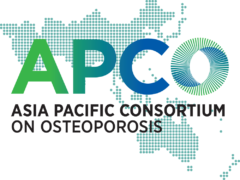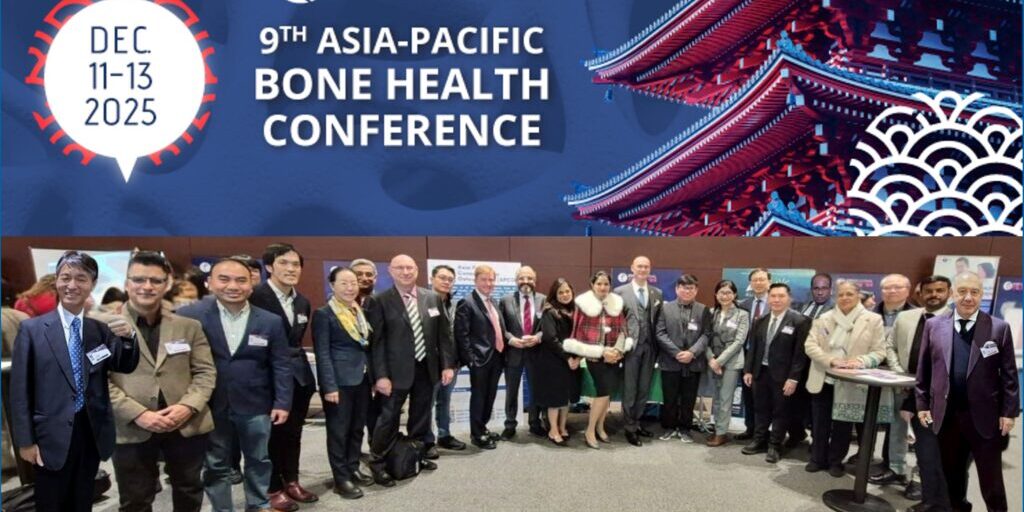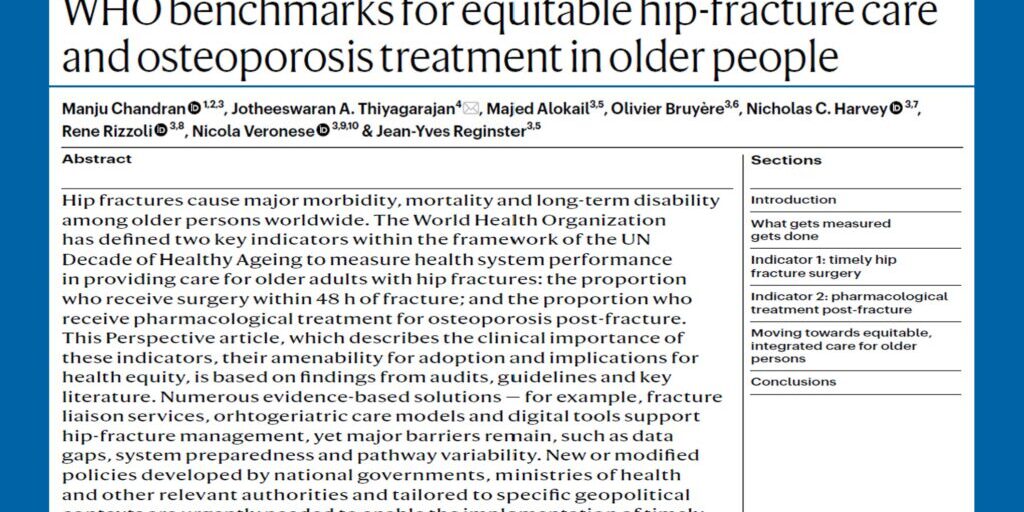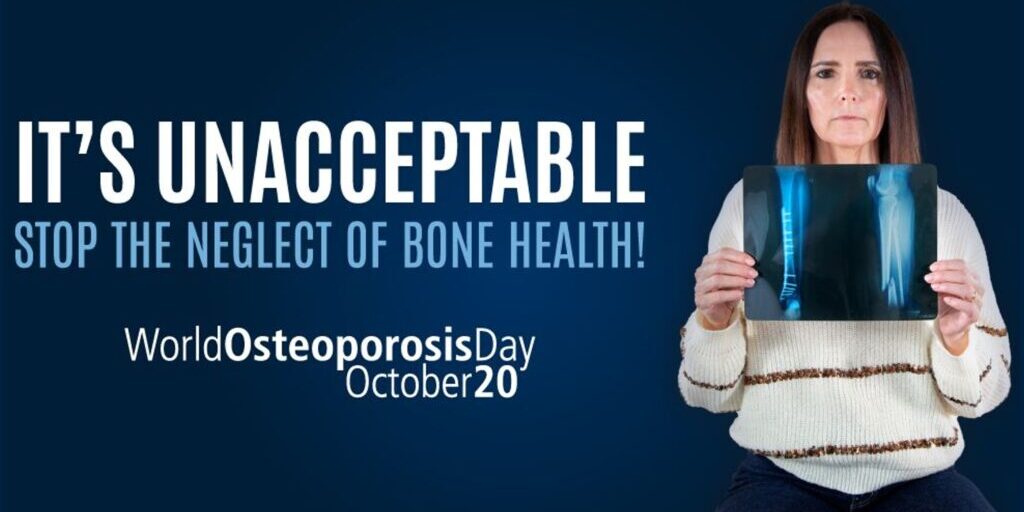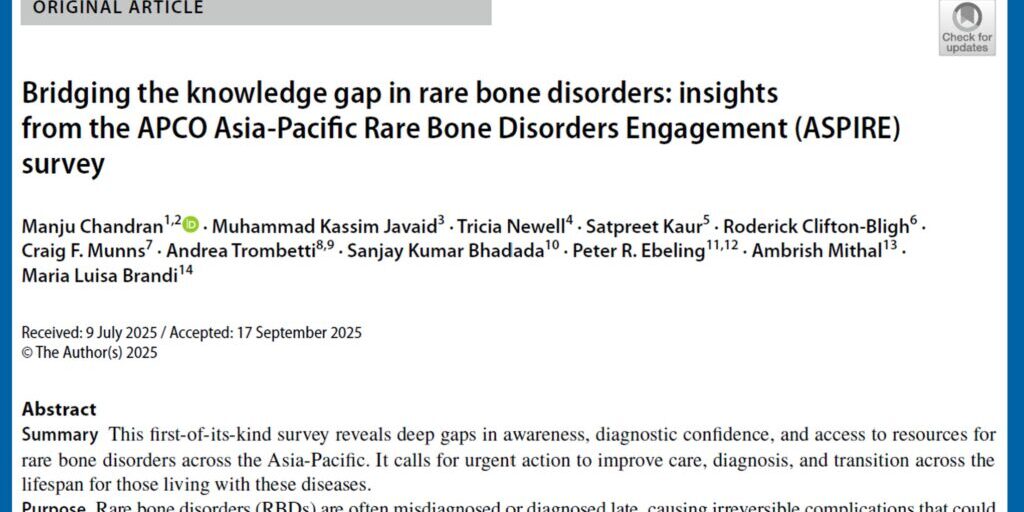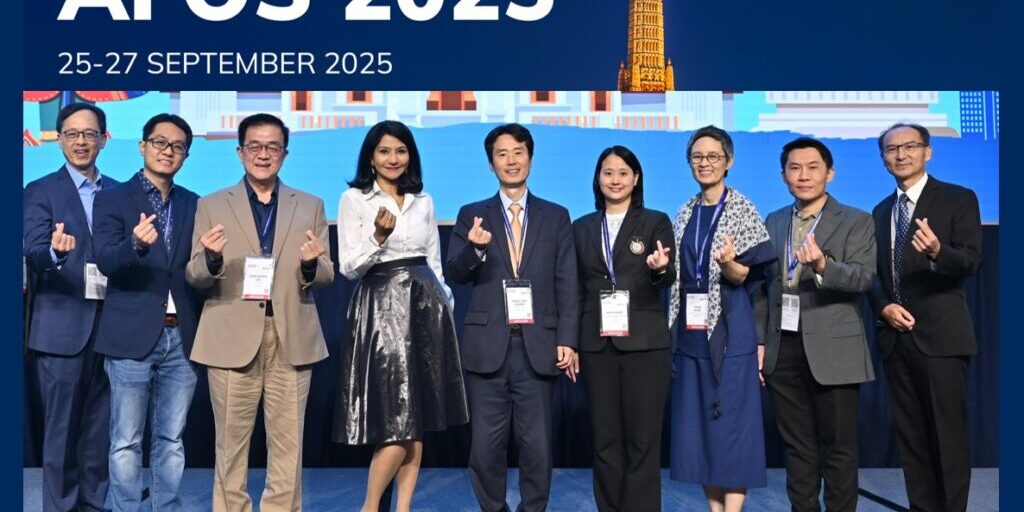The publishing of clinical practice guidelines aims to ensure the delivery of quality procedural standards for the diagnosis, treatment and management of a specific health condition or disease. According to a study published in the Public Library of Science in 2018, that systematically assessed clinical practice guidelines for the screening of osteoporosis globally, existing guidelines are of variable quality, and their recommendations can vastly differ.
Despite a substantial increase in the number of guidelines published globally over the 14-year-long study period, the quality of the screening guidelines has not improved. The study authors determined that clinical practice guidelines varied widely in influencing improvements in the osteoporosis screening process and outcomes, and that osteoporosis screening guidelines should be collaborative, to increase the quality and consistency of their recommendations, and heighten the likelihood for their use in clinical practice.
These findings reflect the nature of the current guidelines for the clinical screening of osteoporosis in Asia Pacific – the most populated and fastest growing region of the world. The region’s current osteoporosis clinical guidelines are heterogeneous recommendations-wise, are often outdated, and lack implementation-related guidance.
Representing multiple medical and surgical specialties, the Asia Pacific Consortium on Osteoporosis (APCO), launched in May 2019, was founded to highlight, and address, the current shortcomings and unmet clinical needs of osteoporosis management in the Asia Pacific region. APCO’s proposed pan-Asia Pacific “Framework” will aim to introduce and implement minimum clinical standards for the screening, diagnosis and management of osteoporosis targeting a broad range of high-risk groups.
APCO’s engagement with relevant stakeholders, including healthcare providers, policy makers and the public, will prove pivotal to the development and enactment of country and region-specific programs for the prevention and treatment of osteoporosis, and its dreaded complication of fragility fractures, in Asia Pacific.
Development of the Framework will offer APCO members the opportunity to invite their clinical peers to perform ‘pathfinder baseline audits’ of adherence to its standards of care within their respective hospitals, enabling the establishment of baseline levels of adherence within the Framework’s proposed standards, region-wide.
“The Asia Pacific region has within it, populations with tremendously diverse socio-economic and cultural norms and countries with vastly different health systems and resources. Therefore, the development of the Framework with minimum standards of care is a challenging project,” said Dr Manju Chandran, Inaugural Chair of the Asia Pacific Consortium on Osteoporosis (APCO) and Senior Consultant Endocrinologist and Director of the Osteoporosis and Bone Metabolism Unit at Singapore General Hospital.
“The development of the Framework will involve multiple steps. The first step is the collation of all extant guidelines in the Asia Pacific region, a detailed analysis of these guidelines through a 5IQ approach, and the subsequent production of a consensus guidance document outlining the standards of care. Most importantly, the Framework will not be prescriptive, but a distilled guidance that can be adapted to individual country needs and resources.”
Osteoporosis and fragility fractures (most commonly of the hip, spine and wrist), compound the burden of Asia Pacific’s rapidly ageing societies. Fragility fractures compromise quality of life, and place the affected individual at twice the risk for further fracture, and subsequent loss of independence.
Concerningly, sustaining a fracture heightens a person’s risk of any further fracture by 86 per cent. More than 1.1 million hip fractures were estimated to have occurred in China, Chinese Taipei, Hong Kong SAR, India, Japan, Malaysia, Singapore, South Korea and Thailand in 2018, incurring an estimated direct cost of USD 7.5 billion. By 2050, the number of hip fractures are projected to increase by 2.3-fold, to more than 2.5 million cases each year, resulting in staggering, projected costs of almost USD 13 billion.
To stay up to date with the latest osteoporosis news, research and guidelines in the Asia Pacific region, follow us on LinkedIn and re-visit our website regularly to access our most recent blogs.
